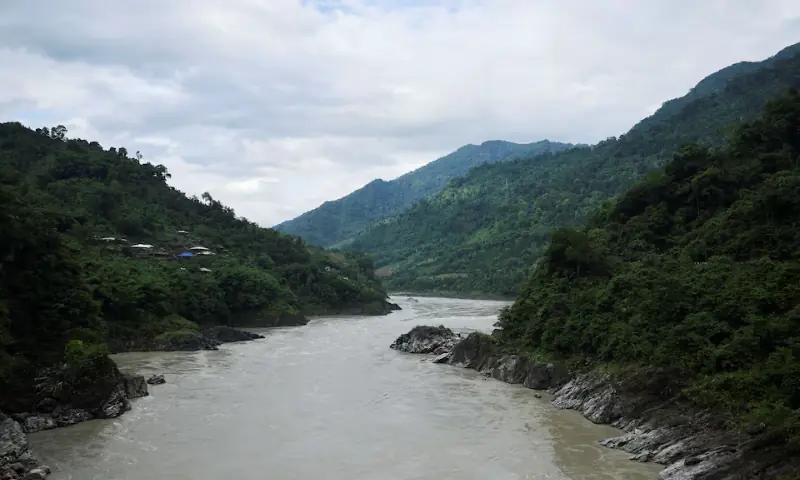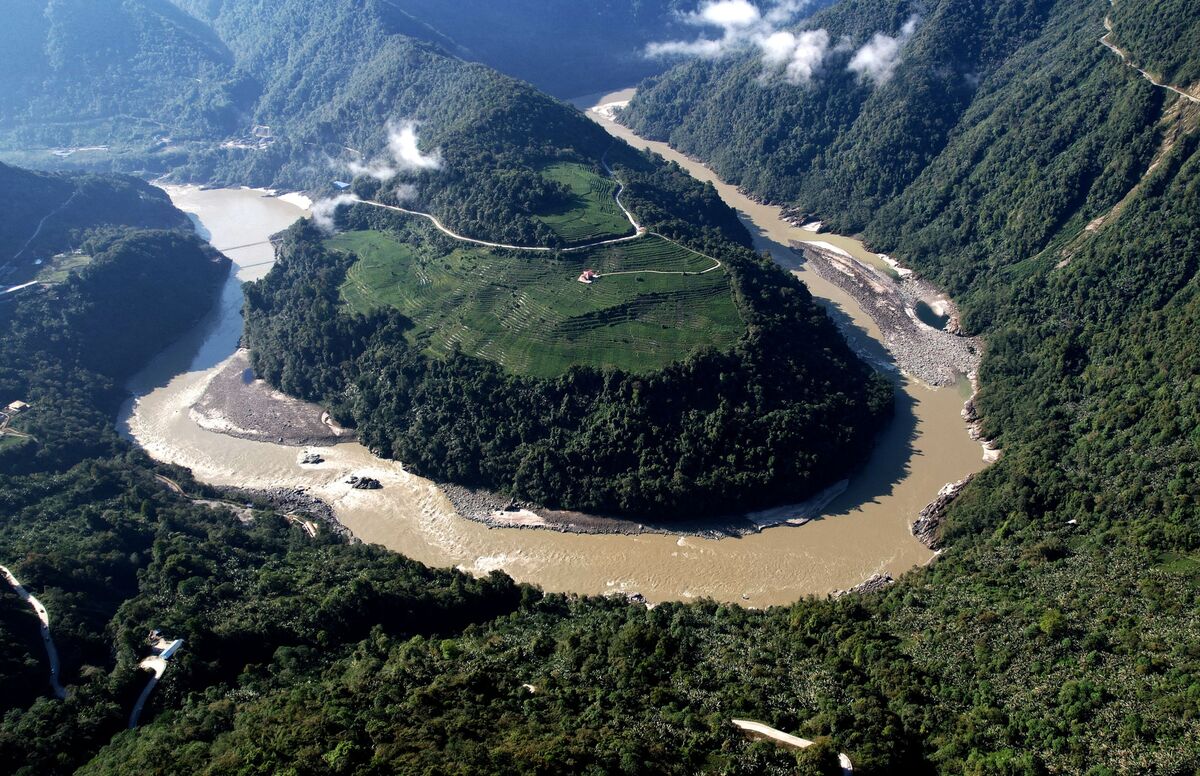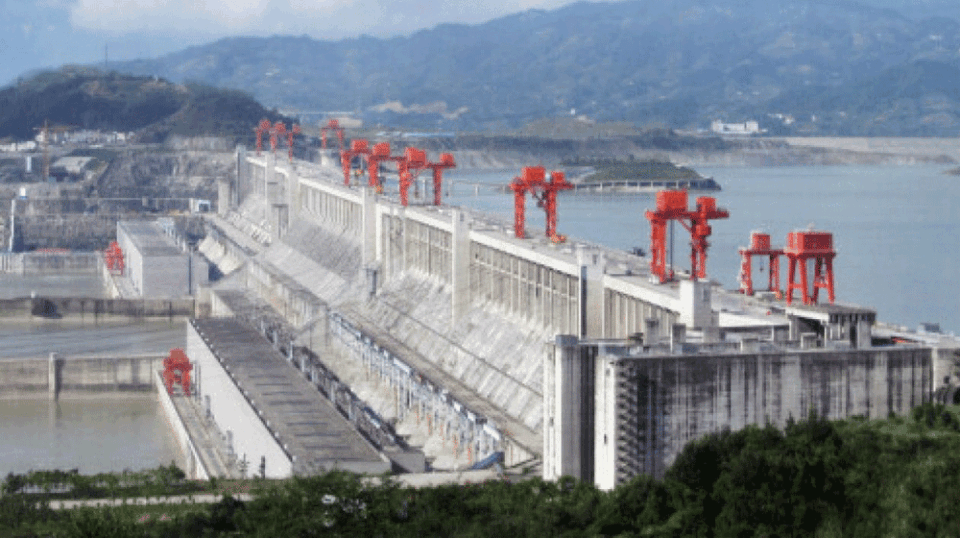India Raises Concerns Over China’s Mega-Dam on Transboundary River
PARONG, INDIA (August 25, 2025): India has expressed concerns over a planned Chinese mega-dam in Tibet, warning that it could reduce water flows by up to 85% during the dry season on the Yarlung Zangbo River (known as the Siang and Brahmaputra in India). The dam, which Beijing is building upstream of India, has prompted Delhi to fast-track its own Upper Siang Multipurpose Storage Dam project to mitigate potential water shortages.
Potential Impact on Water Supply
According to Indian government sources, the Chinese project could divert as much as 40 billion cubic meters of water annually, affecting millions downstream in India and Bangladesh. During dry months, the reduction in flow could threaten agriculture, water supply, and livelihoods in key regions such as Guwahati, which relies heavily on water-intensive farming and industry.
India’s planned Upper Siang Dam is expected to have a 14 BCM storage capacity, allowing controlled water release during lean periods. Officials said the project could also safeguard against potential flood surges from China.
China’s Response
A spokesperson for China’s Ministry of Foreign Affairs emphasized that the hydropower projects “have undergone rigorous scientific research on safety and environmental protection” and assured that they “will not adversely impact water resources, ecology, or geology of downstream countries.”
“China has always maintained a responsible attitude toward the development and utilization of transboundary rivers and has maintained long-term communication and cooperation with downstream countries such as India and Bangladesh,” the spokesperson added.
Local Opposition and Risks
In Arunachal Pradesh, local communities have resisted the Indian dam project, fearing displacement and loss of farmland. Around 16 villages and 10,000 people may be affected, with more than 100,000 indirectly impacted. Residents rely on agriculture, including paddy, cardamom, jackfruit, and pears, for their livelihoods.
Security measures have been deployed as NHPC survey teams faced protests, damaged machinery, and road blockages. Authorities are offering compensation, education support, and emergency infrastructure to affected communities.
Experts warn that large dams in seismically active Tibet and Arunachal Pradesh pose risks, including landslides, glacial lake outburst floods, and other extreme weather events. “The safety of downstream communities is a legitimate concern,” said Sayanangshu Modak, an expert on India-China water relations at the University of Arizona.
Strategic Importance
India’s project aims to ensure water security, flood moderation, and management of seasonal surges, while China’s dam represents a significant upstream control over a major transboundary river. The Upper Siang dam, if approved, could take a decade to build, making timing and coordination critical in managing cross-border water flows.
✅ Takeaway: The India-China dam dispute highlights the challenges of transboundary river management, where water security, local livelihoods, and geopolitical strategy intersect. Both nations are moving forward with massive hydropower projects, while downstream communities and experts continue to urge caution.

